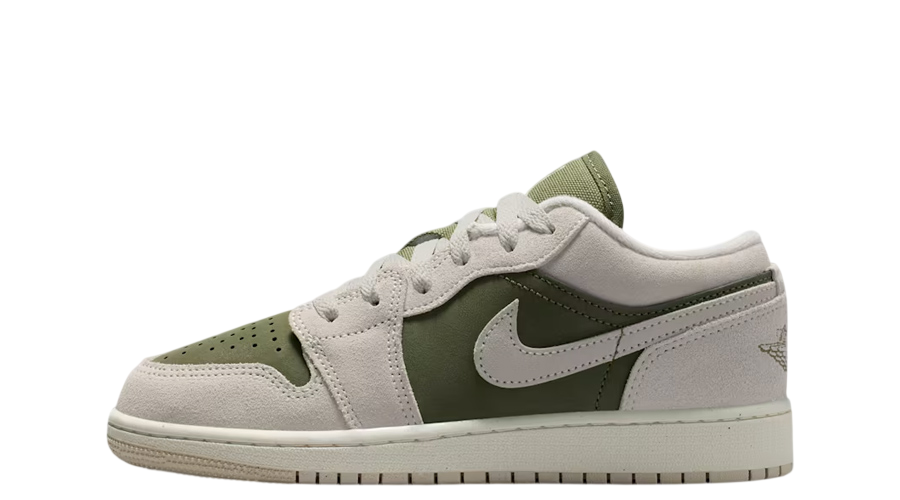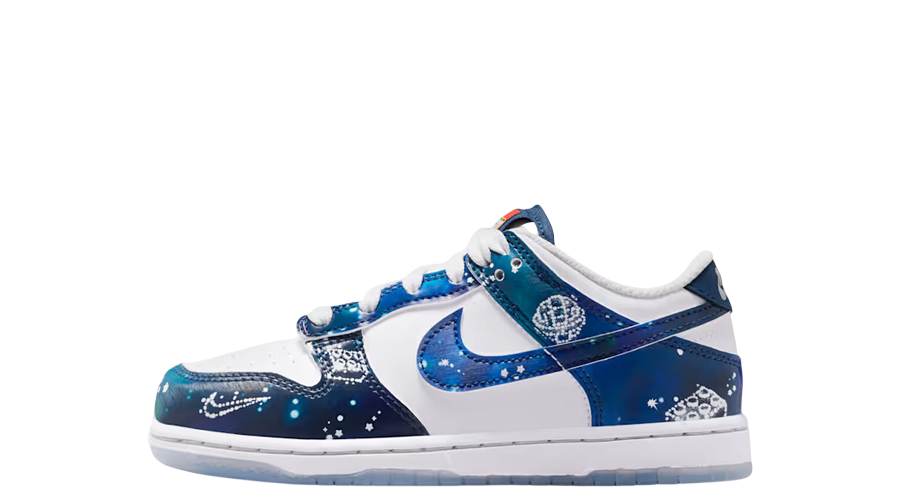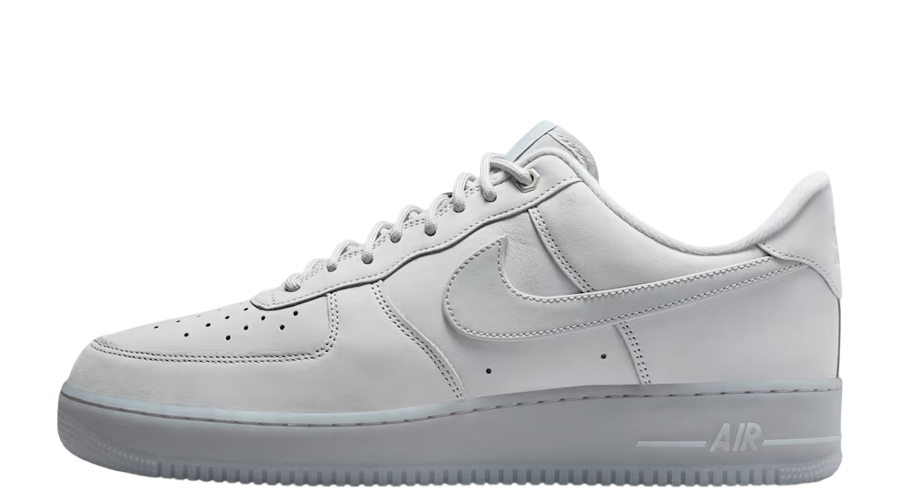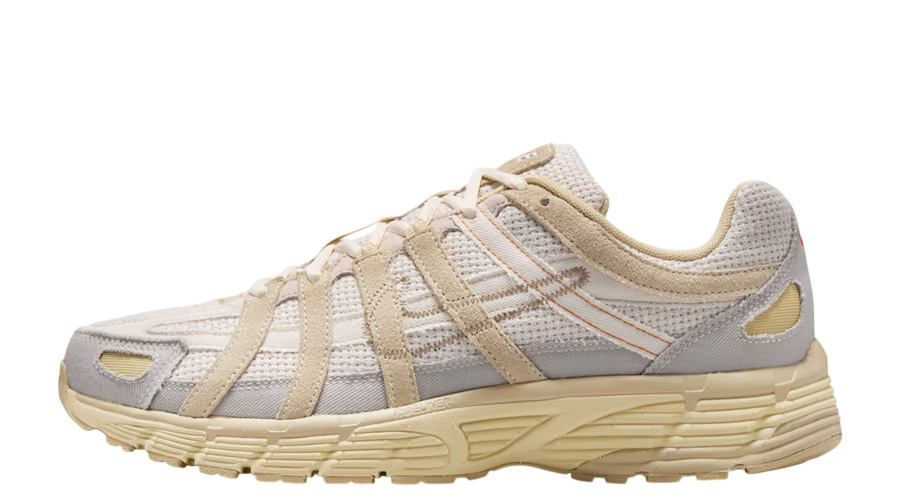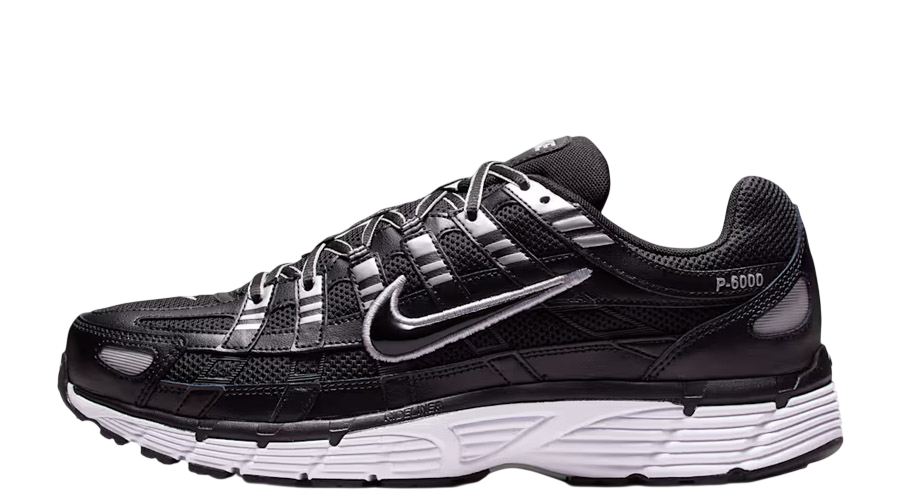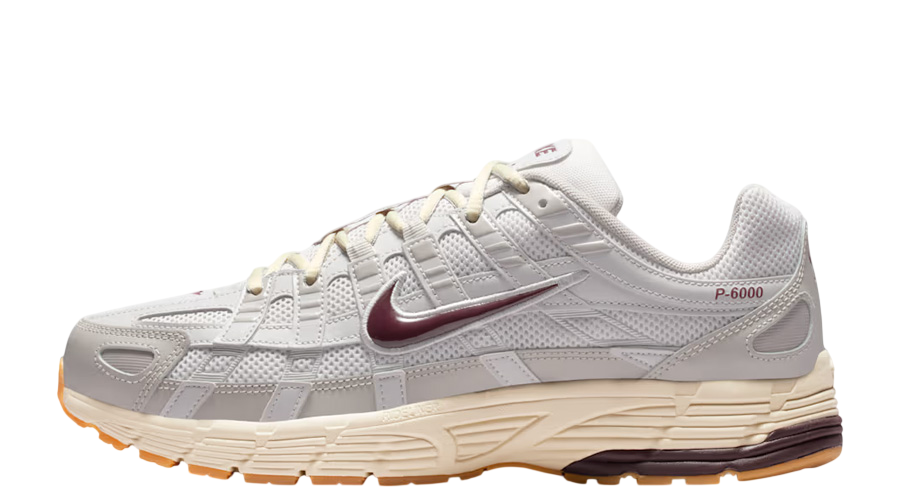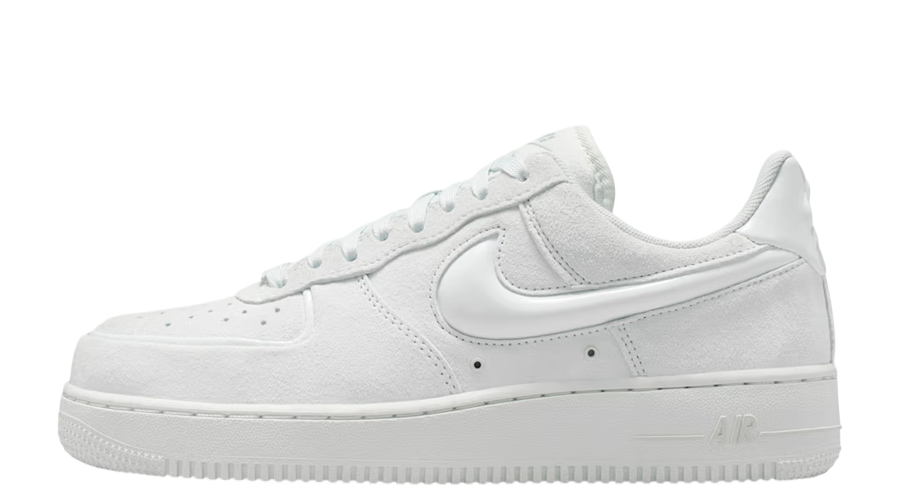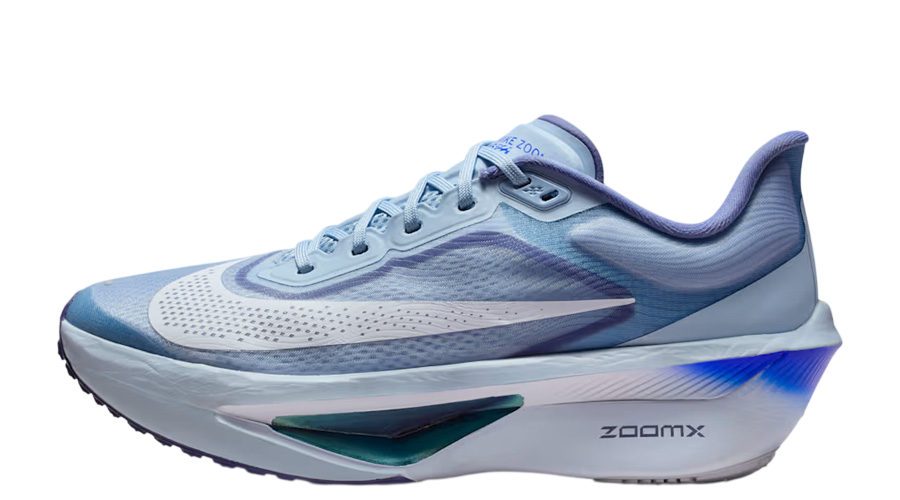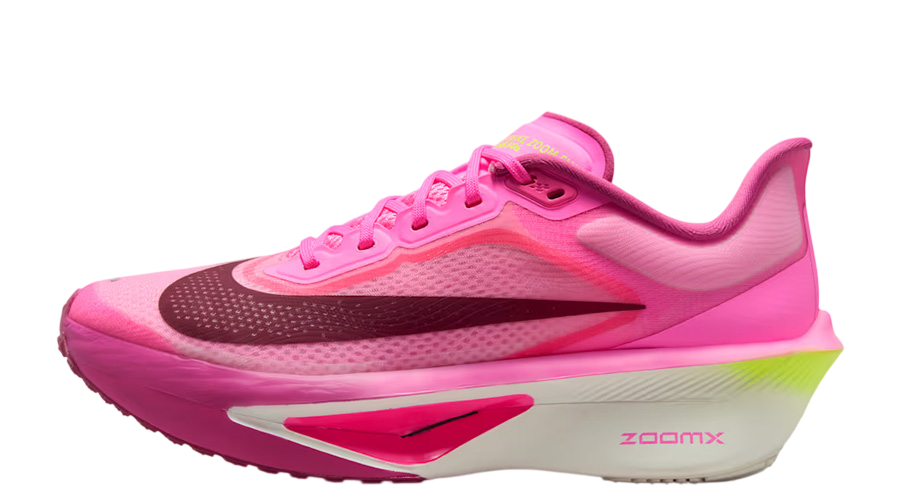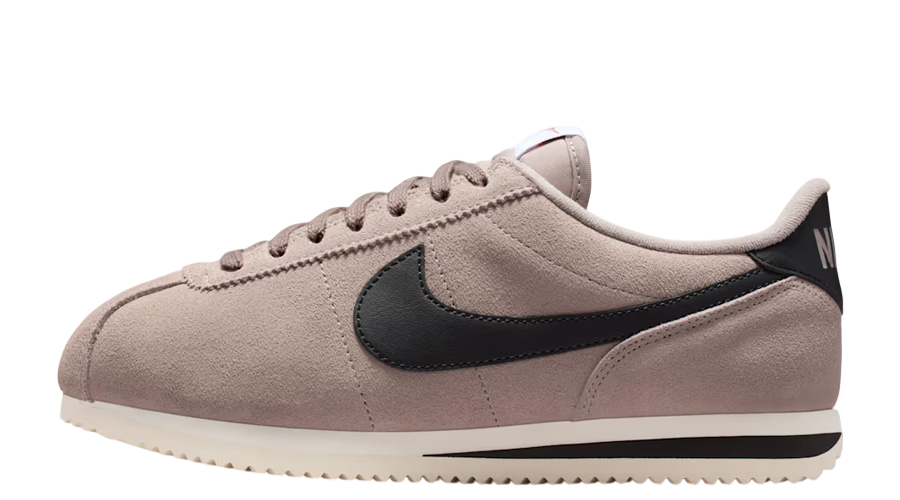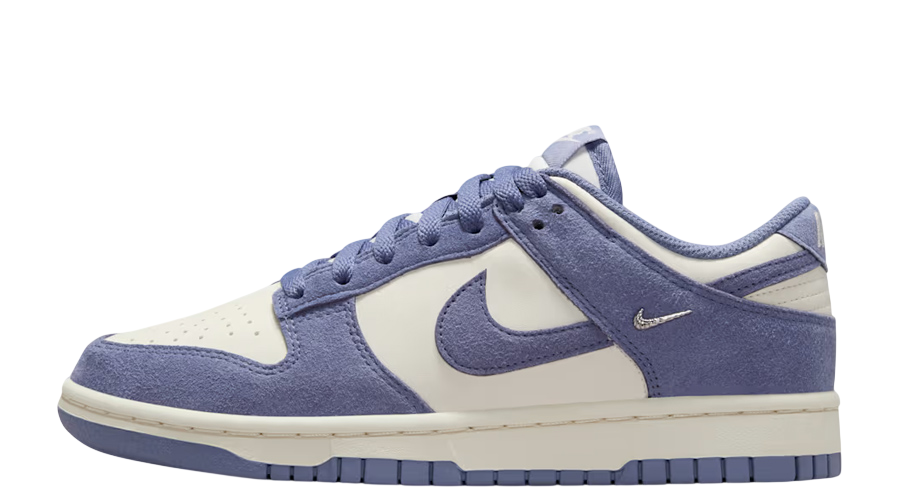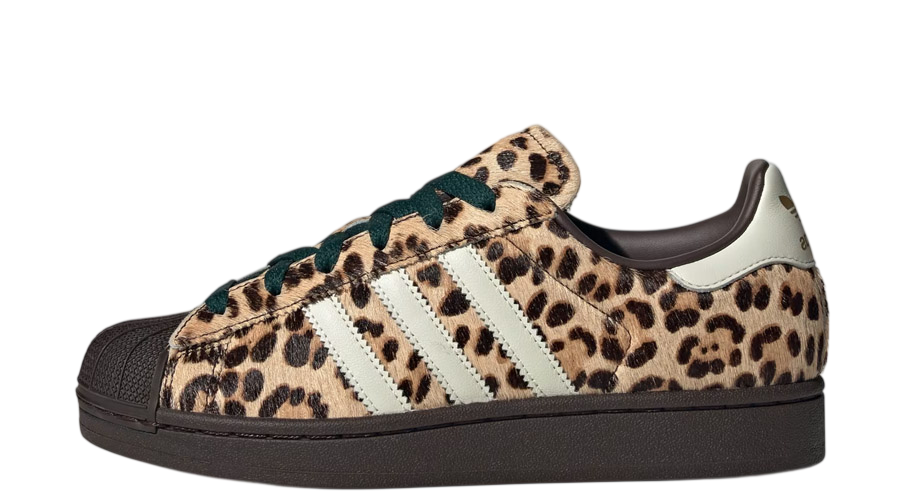Flyknit vs. Primeknit: Which Material Comes Out on Top?
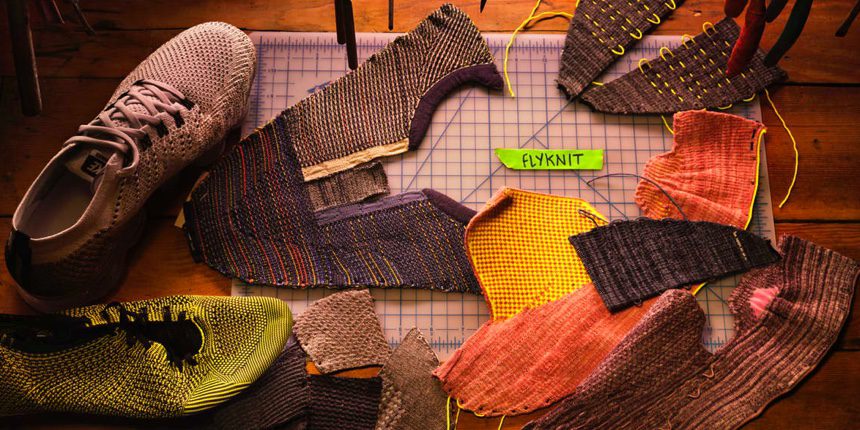
Back in 2012, there was a secret race happening within the sportswear industry. It wasn’t one that could be won on the track or the field, but rather, in the research and development stages. Some of the biggest brands out there were putting everything they had on designing a new knit-like fabric. During this time, the majority of running shoes were big and clunky and were made from all sorts of materials like leather, mesh, and rubber. All of these things made them unnecessarily heavy. So when adidas Primeknit and Nike Flyknit were revealed later that year, they completely changed the game forever. It sounds a bit like an overstatement, but it really isn’t.
In this comprehensive guide by Captain Creps, we’ll be diving deep into the heart of these technologies, unraveling their stories, advancements, and the very fabric that makes them so unique. Join us as we weave through the details, discovering what sets these knitted wonders apart, and how they’ve transformed our expectations of athletic footwear.
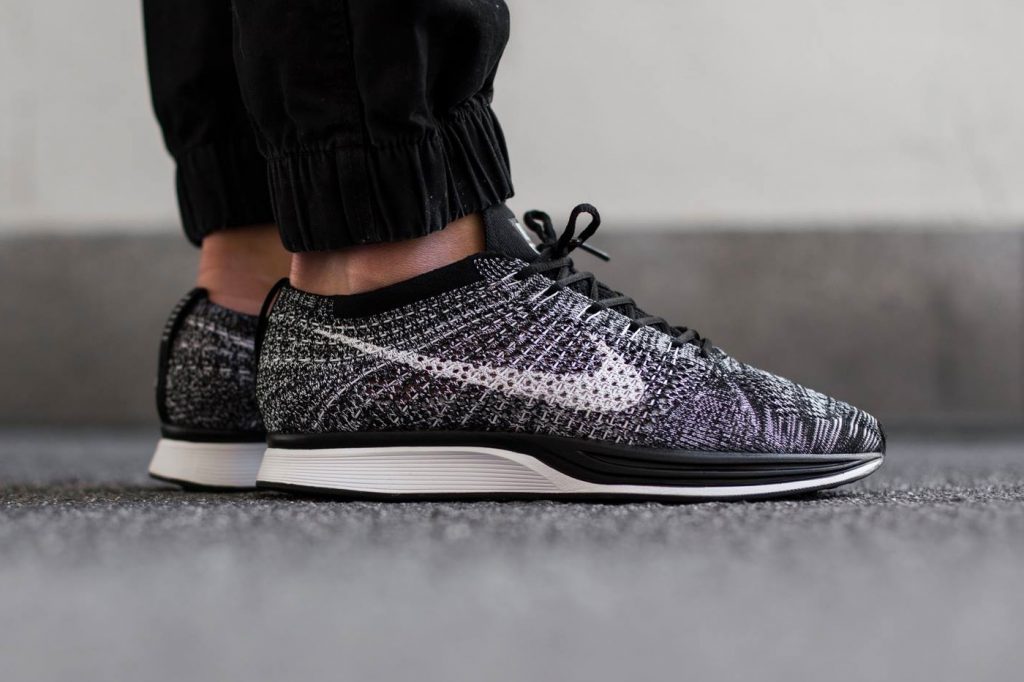
A Brief History
adidas’ Primeknit and Nike’s Flyknit both burst onto the scene in 2012, each heralding a new chapter in footwear design. Imagine a shoe that feels like a second skin, so light and seamless that it’s almost an extension of yourself. That’s the magic that the German giant brought with Primeknit, offering athletes a level of comfort and performance that was almost unheard of. Eager to match or surpass, the Beaverton brand introduced Flyknit. Made up of a series of ultra-fine fibres that fit like a glove, it was as light as air and form-fitting. This was more than a new product launch; it was the dawn of a new era.
As the years rolled by, these technologies evolved. Primeknit expanded its realm from the tracks to the courts. Meanwhile, Flyknit danced through its own journey, focusing on letting your feet breathe and move freely, adapting and transforming with every iteration.
Comfort & Performance
When we talk about Primeknit and Flyknit, it’s like discussing the art of comfort and performance. Primeknit wraps around your foot like a warm embrace, adapting to its shape and offering a unique balance of support and freedom. Each step you take feels cushioned yet empowered, perfectly suiting those who demand responsiveness from their footwear.
Flyknit, in its own right, creates a cocoon of comfort, enveloping your foot in a material so light, it’s almost like running on clouds. It’s all about reducing the strain on your feet, making each movement more agile and less taxing.
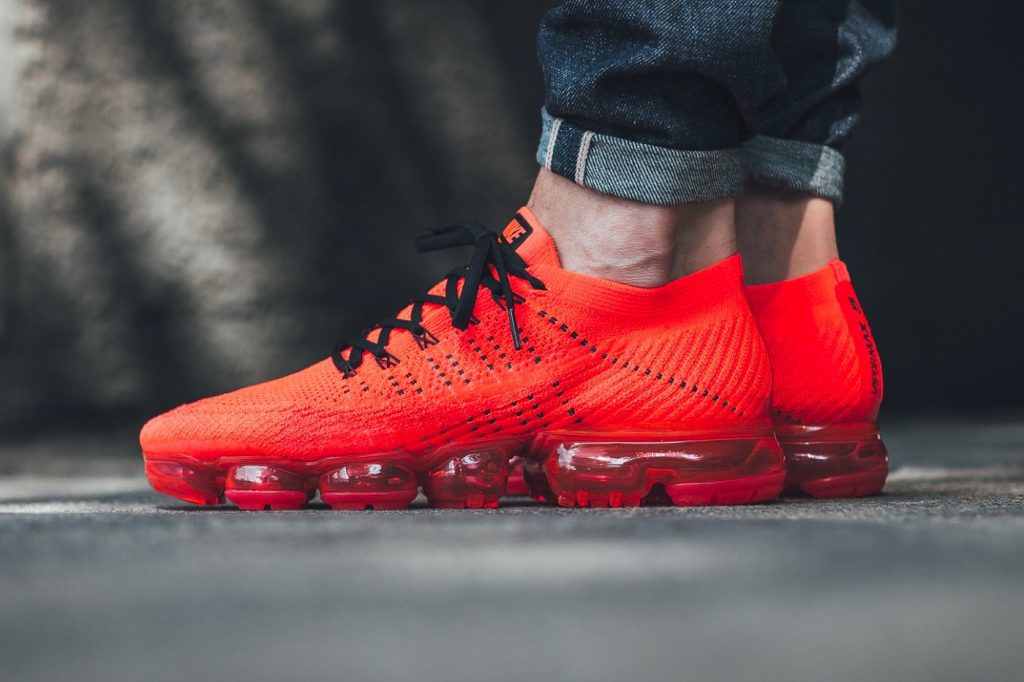
Applications & Innovations
The beauty of Primeknit and Flyknit lies in their versatility. adidas has woven Primeknit into a wide array of shoes, breaking the boundaries of just running shoes. It has become a symbol of adaptability, gracing basketball courts, football fields, and even the city streets, blending performance with fashion.
Flyknit too has spread its wings, finding its way into various sports and lifestyle shoes. It’s not just a technology; it’s a statement of Nike’s commitment to innovation, meeting the needs of athletes and fashion-forward consumers alike. Over the years, it has replaced its traditional yarns with recycled plastic, making it even more environmentally-friendly and sustainable.
Price & Value
In the arena of sportswear, price and value walk a tightrope. Primeknit and Flyknit, with their advanced technology and premium build, command a higher price. But it’s not just about the cost; it’s about what you get for your money. adidas offers a range of Primeknit shoes, balancing high-end options with more accessible choices. Ensuring technology doesn’t remain an exclusive club.
Flyknit shoes, with their slightly higher price tag, are a testament to Nike’s relentless research and development. But when you slip into a pair, you understand the price. It’s about durability, advanced features, and that indescribable feeling of wearing something that’s more than just a sneaker.
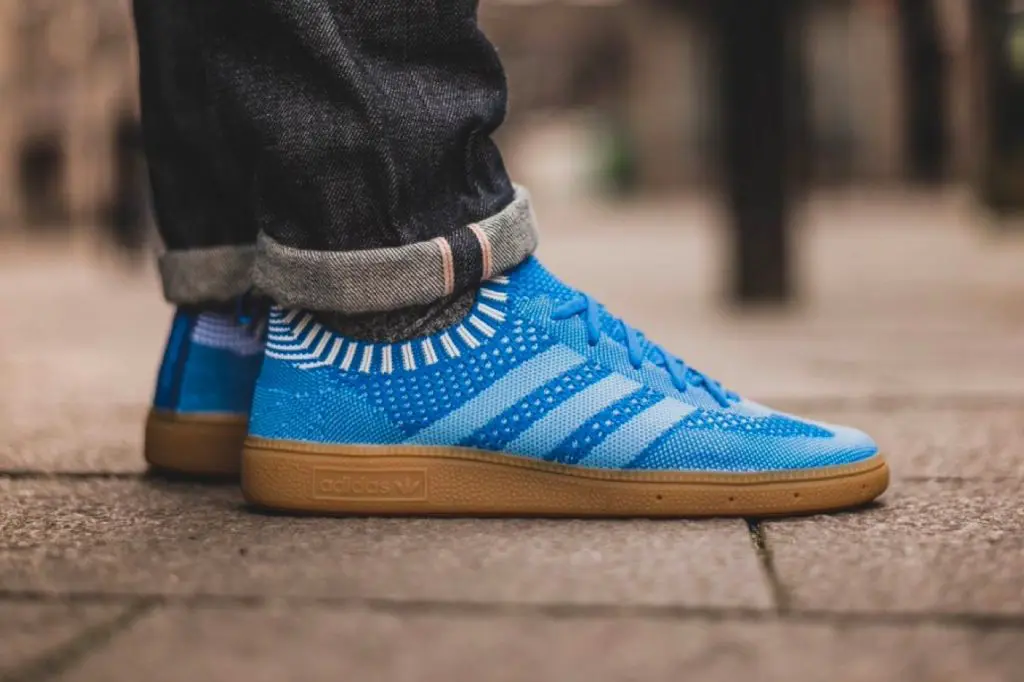
The Bottom Line
In the face-off between adidas Primeknit and Nike Flyknit, both are winners in our eyes. Primeknit charms with its adaptive fit, while Flyknit impresses with its feather-light design and technological prowess. So, whether you’re loyal to the Three Stripes or you swoon over the Swoosh. Every step you take in a Primeknit or Flyknit trainer is a step into a world where technology, comfort, and style dance together, blurring the lines between sportswear and art. As adidas and Nike continue to innovate, we can only watch in awe and anticipation, ready to see where these versatile materials will lead us next.
Frequently Asked Questions
What is the main difference between adidas Primeknit and Nike Flyknit?
The primary difference lies in their knitting techniques and design focus. adidas Primeknit is known for its adaptive fit, conforming closely to the foot’s shape for a snug, supportive feel. Nike Flyknit, on the other hand, emphasises a lightweight, breathable design, offering a ‘second-skin’ fit that’s both flexible and supportive.
Are Primeknit and Flyknit shoes suitable for all types of sports?
Both technologies have broad applications. Primeknit is used in a variety of sports, including running, basketball, and football, offering versatility and comfort. Flyknit also covers a wide range, particularly excelling in running, where lightweight and breathability are crucial.
Can Primeknit and Flyknit shoes withstand harsh weather conditions?
While both Primeknit and Flyknit offer breathability and comfort, they may not be the best choice for extremely harsh weather conditions, such as heavy rain or snow, due to their knit structures. However, both brands have developed variations of these technologies with weather-resistant features for such conditions.
How do I care for and clean my Primeknit or Flyknit shoes?
For both Primeknit and Flyknit shoes, it’s recommended to clean them with mild soap and cold water, avoiding harsh chemicals. Hand-washing and air-drying are preferred. It’s important to avoid machine washing or excessive scrubbing, which can damage the knit material.
Are Primeknit and Flyknit shoes worth the investment?
Considering the technology, comfort, and design innovation behind Primeknit and Flyknit shoes, many consumers find them worth the investment. They offer a unique combination of performance, durability, and style. However, the value can be subjective and depends on individual preferences and needs.
